Art History as a Reflection of Inner Spiritual Impulses
13 slide presentations, Dornach, Oct. 8, 1916 – Oct. 29, 1917 (CW 292)
“I am going to show you a series of reproductions, of slides, from a period in art history to which the human mind will probably always return to contemplate and consider; for, if we consider history as a reflection of inner spiritual impulses, it is precisely in this evolutionary moment that we see certain human circumstances, ones that are among the deepest and most decisive for the outer course of human history, expressed through a relationship to art.” —Rudolf Steiner
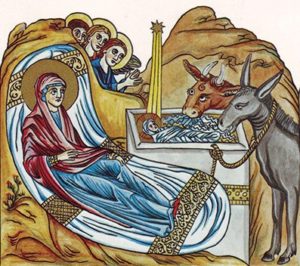
The process begins with Cimabue and Giotto develops, then deepens and becomes more conscious in the great Renaissance masters Leonardo, Michelangelo, and Raphael. This movement then continues with the Northern masters, Dürer and Holbein, as well as the German tradition. One entire lecture is devoted to Rembrandt, followed by one on Dutch and Flemish paintings. Themes are woven together to show how past epochs of consciousness and art live again in our consciousness-soul period.
Replete with interesting information and more than 600 color and black-and-white images, these lectures are rich and dense with ideas, enabling us to understand both the art of the Renaissance and the transformation of consciousness it announced. These lectures demonstrate (to paraphrase Shelley) that artists truly are the unacknowledged legislators of the age.
C O N T E N T S:
Introduction: “Art and a Beyond” by Stephen Keith Sagarin, PhD
1. Cimabue, Giotto, and Other Italian Masters
2. Leonardo — Michelangelo — Raphael
3. German Sculpture and Painting to the time of Dürer and Holbein
4. Sculpture of Germany and the Netherlands
5. Rembrandt
6. Dutch and Flemish Painting
7. Christmas Themes through the Centuries
8. Raphael—Dürer, and the German Masters
9. Greek, Roman, and Renaissance Sculpture
10. Raphael’s Disputa and School of Athens
11. Icons—Miniatures—German Masters
12. Early Christian Sculpture, Symbols, and Sarcophagi—Precious Metal Works
13. The Representation of Christ in Art: From Early Christian Art to Rudolf Steiner
General Index
Index of Paintings
Art History as a Reflection of Inner Spiritual Impulses is a translation from German of Kunstgeschichte als Abbild innerer geistiger Impulse (GA 292, Rudolf Steiner Verlag, 2000).
About the Author
Rudolf Steiner (1861–1925) was born in the small village of Kraljevec, Austro-Hungarian Empire (now in Croatia), where he grew up (see right). As a young man, he lived in Weimar and Berlin, where he became a well-published scientific, literary, and philosophical scholar, known especially for his work with Goethe’s scientific writings. At the beginning of the twentieth century, he began to develop his early philosophical principles into an approach to systematic research into psychological and spiritual phenomena. Formally beginning his spiritual teaching career under the auspices of the Theosophical Society, Steiner came to use the term Anthroposophy (and spiritual science) for his philosophy, spiritual research, and findings. The influence of Steiner’s multifaceted genius has led to innovative and holistic approaches in medicine, various therapies, philosophy, religious renewal, Waldorf education, education for special needs, threefold economics, biodynamic agriculture, Goethean science, architecture, and the arts of drama, speech, and eurythmy. In 1924, Rudolf Steiner founded the General Anthroposophical Society, which today has branches throughout the world. He died in Dornach, Switzerland.
Stephen Keith Sagarin, PhD, is faculty chair, a cofounder, and a teacher at the Great Barrington Waldorf High School in western Massachusetts, where he teaches history and life science. He is also a former teacher and administrator at the Great Barrington Rudolf Steiner School and the Waldorf School of Garden City, New York, the high school from which he graduated. Dr. Sagarin writes, lectures, mentors teachers, and consults with Waldorf schools on teaching and administration. He is an associate professor and former director of the M.S. education program in Waldorf teacher education at Sunbridge Institute, New York. He is the former editor of the Research Bulletin of the Research Institute for Waldorf Education and has taught history of education at Teachers College, Columbia University, New York City; human development at the City University of New York; and U.S. and world history at Berkshire Community College, Massachusetts. Dr. Sagarin has a Ph.D. in history from the Graduate School of Arts and Sciences, Columbia University, and a bachelor’s degree in art history, with a certificate of proficiency in fine art, from Princeton University. He is married and the father of two children, Andrew and Kathleen. His wife, Janis Martinson, is Chief Advancement Officer at Miss Hall’s School in Pittsfield, Massachusetts.


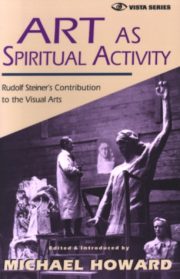


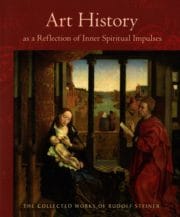
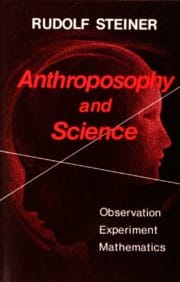

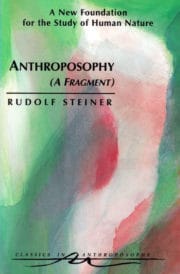
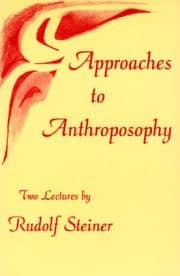
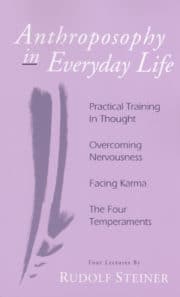
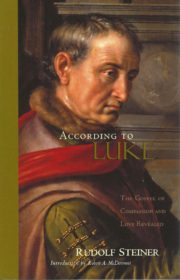

Reviews
There are no reviews yet